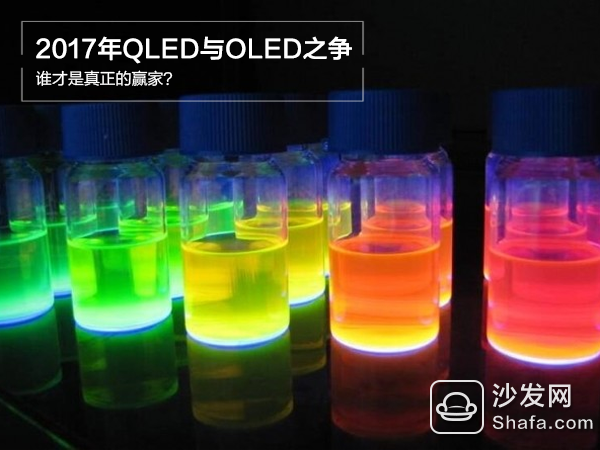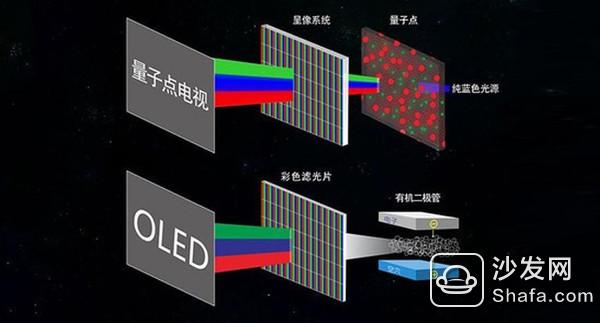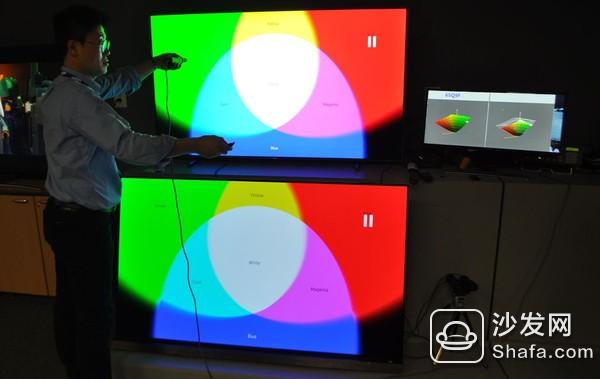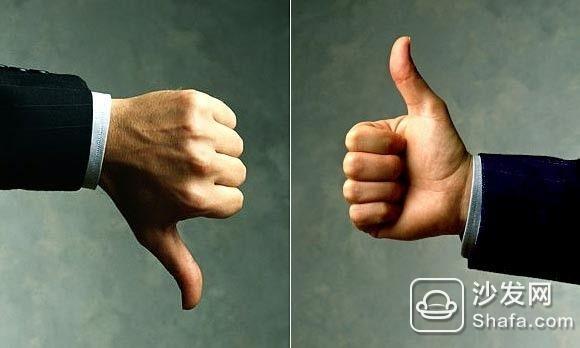[PConline talk] Although QLED and OLED are only one letter difference, there is a huge difference in technology and marketing. In 2017, Samsung launched a new QLED TV, allowing LG's "O" and Samsung's "Q" to rejoice in the future of display technology. What are the historical origins and technological differences of these two technical circuits? What kind of market evaluation and future prospects? Xiao Bian and everyone to discuss. The history of the development of Samsung and LG in the TV field has basically grown with the change of TV technology. The CRT-PDP-LCD-OLED has experienced or is undergoing each stage in both companies. It is worth mentioning that both Samsung and LG had launched 55-inch OLED TVs in 2012 and tried to commercialize them in 2013, but less than a year later, Samsung’s biggest supporter Samsung shifted its strategy. Of course, the reasons for this include Samsung's and LG's patent disputes over the OLED panel's core waterproof technology, but it is more due to Samsung's strategic flexibility in the market. In 2014, Samsung focused its efforts on 4K LCD TVs. In 2015, SUHD TV was released. In 2017, QLED TV was newly created. In order to occupy quantum dot technology, Samsung invested in Nanosys, a German company with 300 patents for quantum dots, and QD Vision, an American quantum dot company. At the same time, Samsung did not completely abandon OLED technology, and AMOLED in the small-size area has rapid growth. In contrast, LG has been sticking to the OLED camp since 2012 and continuously improving its processes and technologies. In the research direction of OLED materials, LG Chemical actively cooperates closely with Sumitomo Chemical, Mitsubishi Chemical, UDC of the United States, Covin of Germany and other companies to jointly advance the progress of the OLED material industry. So now we see the contest between QLED and OLED, in fact, not just the competition between Samsung and LG, but the competition between the research, product and marketing group behind the two technologies. To really understand the difference between "Q" and "O", we must first analyze them structurally. The "ideal version" of the QLED technology should be a quantum dot material that actively emits light, and does not require a backlight source and color filters for display devices. At this stage, the “beta version†is to distribute the quantum dot film in front of the blue LED to form a higher-purity backlight and to bring more “pure†color performance through the liquid crystal molecules. The "ideal version" of the OLED technology should be the active emission of OLED organic materials, producing RGB three primary colors, forming a color. At this stage, the "beta" version uses the W-OLED technology. The OLED only acts as a backlight for self-illumination. However, compared to the rotation of liquid crystal machinery, it still has the characteristics of absolute black level and high contrast. It seems that the two technologies "ideal version" are self-emissive properties, QLED is self-luminous inorganic materials, OLED is self-luminous organic materials, are very forward-looking display technology. But why are there "betas" on the market? In fact, OLEDs have been made into "ideal" technologies. In 2014, Sony introduced OLED TVs as an "ideal version." There are also many broadcast-quality display devices, including Samsung's AMOLEDs, which are all "ideal." However, the market is a place where efficiency and cost are emphasized. W-OLED has better cost advantages and service life than RGB OLED, and is more suitable for market promotion. The "ideal version" of QLED has developed a little bit slower, but after all, it is the "late generation" of OLED. There is still a lot of room for improvement and the market will also give more patience. After speaking about the structure, let's talk about the actual effect (compared with the beta version on the market). Brightness: Q wins. The LED backlight used by QLED can further increase the brightness by adopting a high-brightness LED module and improving the structure of the backlight. Like Sony's dynamic backlight master version peak brightness can reach 4000nit, Samsung's QLED can also reach 2000nit, and can guarantee about 15s does not decay. The characteristics of organic light emission of OLEDs, high brightness is bound to attenuate the organic light, resulting in irreversible physical damage. Black level: O wins. There is no doubt that OLED can completely turn off the backlight. QLED also has local light control technology, but it cannot control every pixel (except Sony Z9D). Refresh rate & response time: O wins. The liquid crystal molecules of the QLED have a mechanical rotation after receiving the electrical signal, and the OLED, just like a light bulb, completes the switch closing action instantaneously. HDR: Q wins. QLEDs have higher brightness, so QLEDs will have better dynamic range performance at the same color depth and grayscale. Color gamut: Q wins. Everyone is in the beta version, which is a pattern of backlight + color filter film, but the quantum dots have natural advantages. Visual angle: O wins. OLEDs can even approach 180°. Uniformity: O wins. The OLED alone controls the characteristics of light emission at each pixel, which is enough to defeat the uniformity of the screen brought by the QLEDs controlled by the local control light. Grayscale: Q wins. Dark detail and color transition issues Whether it is W-OLED or RGB OLED should be an unavoidable problem. Because OLED adopts PWM or DC dimming method. When the color number of the panel reaches 10 bits, that is, 1024 levels, it is quite difficult to imagine the fine control of the liquid crystal molecules. Power consumption: Q wins. OLED saves power when displaying black scenes. However, under normal use conditions, OLEDs of the same size will have more power than QLEDs. After seeing so many contrasts, the beta version of QLED and OLED can be said to be inseparable. It is no wonder that the two camps are currently in a state of equal power. Finally to answer the last question. But this answer may have to disappoint everyone. Why must we win a winner? The flexible screen technology that everybody cares about, QLED and OLED + printing technology, can all make the ultra-thin flexible screen. Can't coexist? Not only is the beta version a state of peaceful coexistence, it will be upgraded into an ideal version in the future, and it will also be in a state of peaceful coexistence. In terms of display technology, everyone has different ways to achieve it, but no one is universal, there is always a certain complementary relationship. Just like online and offline in business, 3D and VR in film and television, traditional Chinese medicine and western medicine in medicine, are all coexisting relationships. However, it must be able to distinguish between the winners and the winners, because the plasma is dead by the liquid crystal. What is the reason for this? The cost advantage determines the survival, who can increase the technology, efficiency, and reduce costs as quickly as possible. 1.2mm Wire To Board Connectors ShenZhen Antenk Electronics Co,Ltd , https://www.atkconnectors.com


